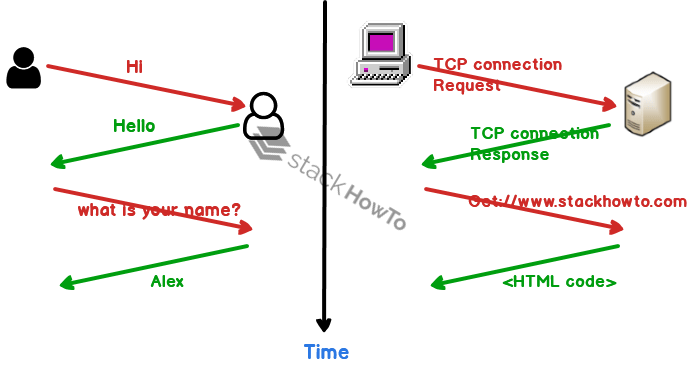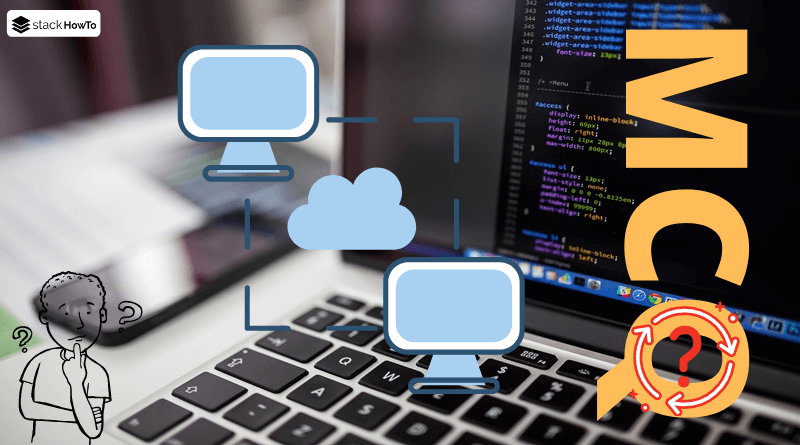What Is a Protocol in Networking?
In this tutorial, we are going to see What is a protocol in networking? A protocol is a standard method that allows communication between processes (possibly running on different machines), i.e. a set of rules and procedures to be followed in order to send and receive data on a network. There are several protocols depending on what is expected from the communication. Some protocols are specialized in file exchange (FTP), others can be used to manage the status of the transmission and errors (ICMP protocol), …

On the Internet, the protocols used are part of a protocol suite, i.e. a set of protocols linked together. This protocol suite is called TCP/IP. It contains, for example, the following protocols:
- HTTP: protocol allow the transfer of files (in HTML format)
- FTP: protocol allows file sharing between remote machines
- ARP: protocol allows to know the physical address of a network card corresponding to an IP address
- ICMP: protocol used to manage the status of the transmission and errors check
- IP: protocol allows the processing and transport of IP datagrams
- TCP: protocol allows exchanging data between different devices
- UDP: protocol allowing connectionless sending of datagrams in networks
- SMTP: is a Simple Mail Transfer Protocol
- Telnet: is a standard Internet protocol that allows communications between a client and a server
- NNTP: protocol specifying how newsgroup messages are distributed, fetched, searched and published
Connection-Oriented and Connectionless Protocols:
Protocols are generally classified into two categories according to the level of data control required:
- Connection-oriented protocols: These are protocols that control the transmission of data during communication between two machines. In such a scheme, the receiving machine sends acknowledgments of receipt during the communication, so the sending machine guarantees the validity of the data it sends. The data are thus sent in the form of a stream. TCP is a connection-oriented protocol
- Connectionless protocols: It is a mode of communication in which the transmitting machine sends data without informing the receiving machine, and the receiving machine receives the data without sending a notice of reception to the first. The data is thus sent in the form of blocks (datagrams). UDP is a connectionless protocol.
Protocol and implementation:
A protocol only defines the way in which machines should communicate, i.e. the form and sequence of the data to be exchanged. A protocol does not define how to program software in such a way that it is compatible with the protocol. The translation of a protocol into computer language is called implementation.
The specifications of the protocols are never exhaustive, so it is common that the implementations are the result of a certain interpretation of the specifications, which sometimes leads to specificities of certain implementations or even worse incompatibilities or security holes!





